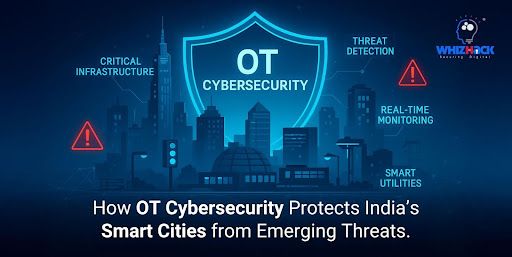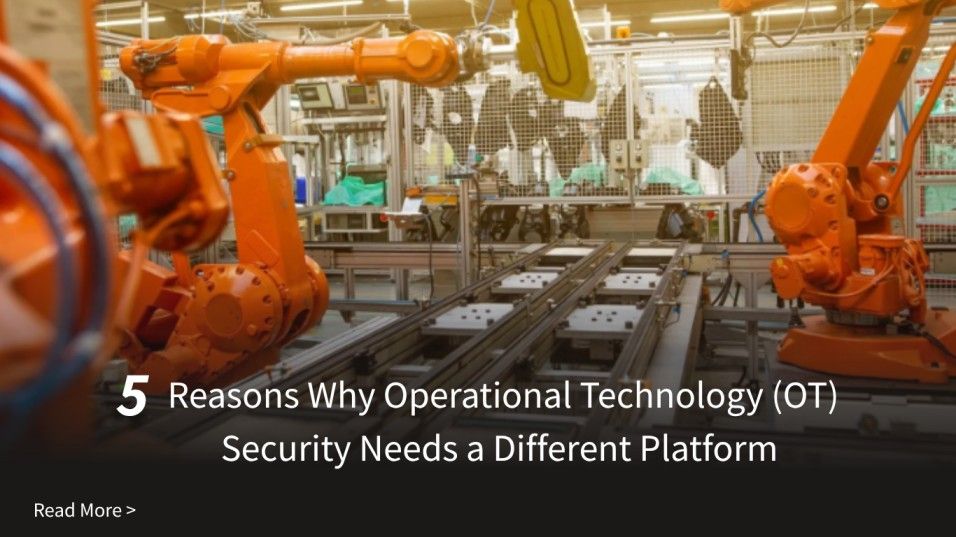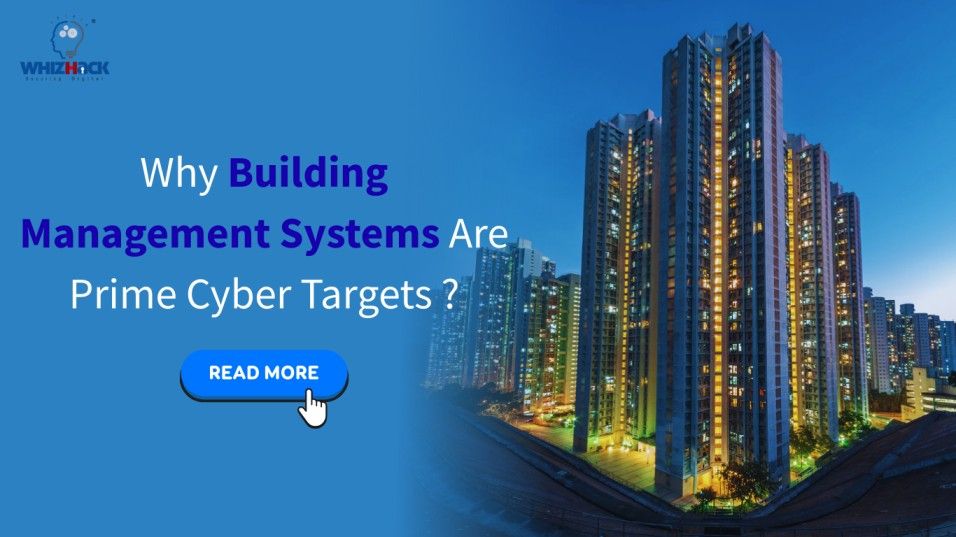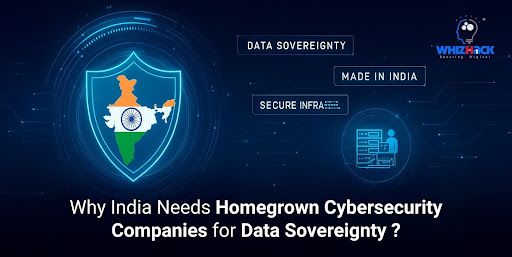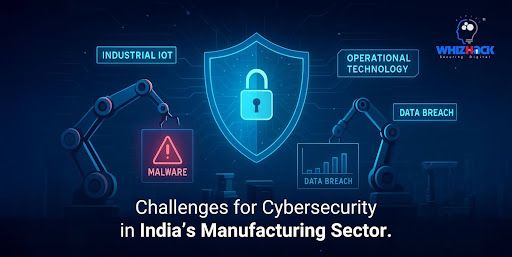India is rapidly transforming through smart city initiatives that connect traffic control systems, public utilities, surveillance cameras, waste management, and public transport. This digital backbone depends on Operational Technology (OT). This blog post discusses the multiple advantages of using an integrated cybersecurity solution, as well as its effectiveness in combating changing cyber threats.
As urban infrastructure becomes smarter, the importance of OT cybersecurity in India has reached a critical level.
OT systems control real-world functions. When compromised, they can disrupt power, water, transport, or safety services. This makes cybersecurity services an essential layer in every smart city’s defence strategy.
Smart Cities Depend on OT, and That Brings Risk
A smart city relies on a complex network of OT systems. These include sensors, controllers, automated lighting, traffic signals, water valves, surveillance units, and energy grids. These systems are connected to IT networks. While this centralises control, it also increases the risk of cyberattacks.
The convergence of IT and OT expands the attack surface. A single exploited vulnerability in a traffic light controller, for example, can ripple through the entire system. This is why smart city cybersecurity is no longer optional. It is essential.
Why OT Cybersecurity in India Demands Urgency
India’s smart cities often combine new IoT devices with older, legacy infrastructure. This hybrid environment creates challenges like:
- Unpatched SCADA systems in utilities
- Weak authentication on public Wi-Fi routers
- Lack of segmentation between IT and OT zones
- Limited awareness of device-level vulnerabilities
These are not hypothetical issues. Government reports and independent assessments confirm the growing threat to India’s urban OT systems. Specialised OT security solutions in India are essential for identifying and eliminating these risks before attackers can exploit them.
Verified Threats Facing Smart Cities
1. CERT-In Cyber Alert
CERT-In and Kaspersky issued a 2025 advisory warning that 20 Indian smart cities were under threat from Trojans and botnets targeting smart utility controllers. Weak passwords and exposed ports allowed attackers to gain access to critical systems.
2. Lack of Segmentation
According to CERT-In's own risk assessments, most urban bodies fail to segment OT from IT networks. This lack of separation is a serious gap in smart city cybersecurity and is one of the key areas flagged for immediate improvement.
3. Rising OT Ransomware
The Honeywell OT Cybersecurity Threat Report (Q1 2025) found a 46 percent rise in ransomware attacks targeting industrial control systems, many of which power smart city infrastructure.
These cases confirm that cities must adopt advanced cybersecurity services and not rely solely on generic IT firewalls or antivirus tools.
Five Defences Every Smart City Must Deploy
1. Visibility of OT Assets
You cannot protect what you cannot see. ZeroHack Asset Management OT offers real-time visibility into every connected device. This forms the base layer of any effective OT cybersecurity plan.
2. Endpoint-Level Protection
Critical field devices like smart meters and PLCs are often the first target. ZeroHack EDR OT secures these assets from malware, remote injection, and tampering, delivering targeted protection within the scope of OT security solutions in India.
3. Threat Detection Through Network Monitoring
ZeroHack OT monitors traffic across smart city networks, detecting unauthorised access and abnormal traffic patterns. These tools are now central to modern cybersecurity services designed for cities.
4. Decoy Devices for Early Warnings
ZeroHack OT deploys decoy endpoints to lure attackers and detect intrusion attempts early. This proactive defence has become an important part of smart city cybersecurity architecture.
5. Simulation-Driven Training
WhizRange offers cyberattack simulations to train municipal staff and engineers. These real-world exercises prepare teams to respond quickly and effectively, a key element of robust OT cybersecurity in India.
Why IT Security Alone Cannot Protect OT Systems
OT systems are purpose-built to control physical processes and require high uptime. Standard IT tools are not designed for these environments and often fail to detect OT-specific threats.
Cities that invest in OT security solutions in India must look beyond traditional IT security and adopt non-intrusive, real-time tools that understand industrial protocols and device behaviour.
Aligning Policy with Cybersecurity Strategy
India’s Smart Cities Mission has emphasised digital transformation, but national standards for OT security remain in development. Advisory No. 24 by the Ministry of Housing and Urban Affairs now urges all smart city SPVs to include cybersecurity services in planning and budgeting.
As cyber risks grow, local governments must implement standardised security protocols and regularly audit their infrastructure. Long-term investment in OT cybersecurity in India must be seen as a priority, not a cost.
What Smart City Cybersecurity Should Look Like
Modern urban safety depends on more than CCTV and automation. It relies on:
- Secure data transmission between field devices and control centres
- Real-time visibility into every layer of the OT network
- Isolation of vulnerable devices
- Human readiness to detect and respond
These pillars define effective smart city cybersecurity and are vital for resilience in an increasingly connected world.
With platforms like ZeroHack and WhizRange, WhizHack delivers some of the most advanced OT security solutions in India for cities, utilities, and public infrastructure agencies.
Conclusion
India’s smart cities are hubs of innovation and growth. But they are also potential targets. The systems that manage our water, transport, and safety must be protected from ever-evolving threats.
OT cybersecurity in India is no longer a theoretical discussion. It is a core operational requirement for any smart city. By investing in advanced cybersecurity services, deploying tailored OT protections, and aligning policies with security frameworks, Indian cities can lead by example.
A smart city is not defined by how connected it is, but by how well it can protect what it connects.
Let’s Start the Conversation
Is your smart city infrastructure monitored with real-time OT threat analytics?
Are public utilities, transit systems, and surveillance networks secured against targeted cyberattacks?
Does your disaster management framework include ransomware recovery for urban OT networks?
Reach out to WhizHack Technologies to schedule your OT Security Consultation today. Together, we will strengthen the cyber resilience of your city’s critical infrastructure.
